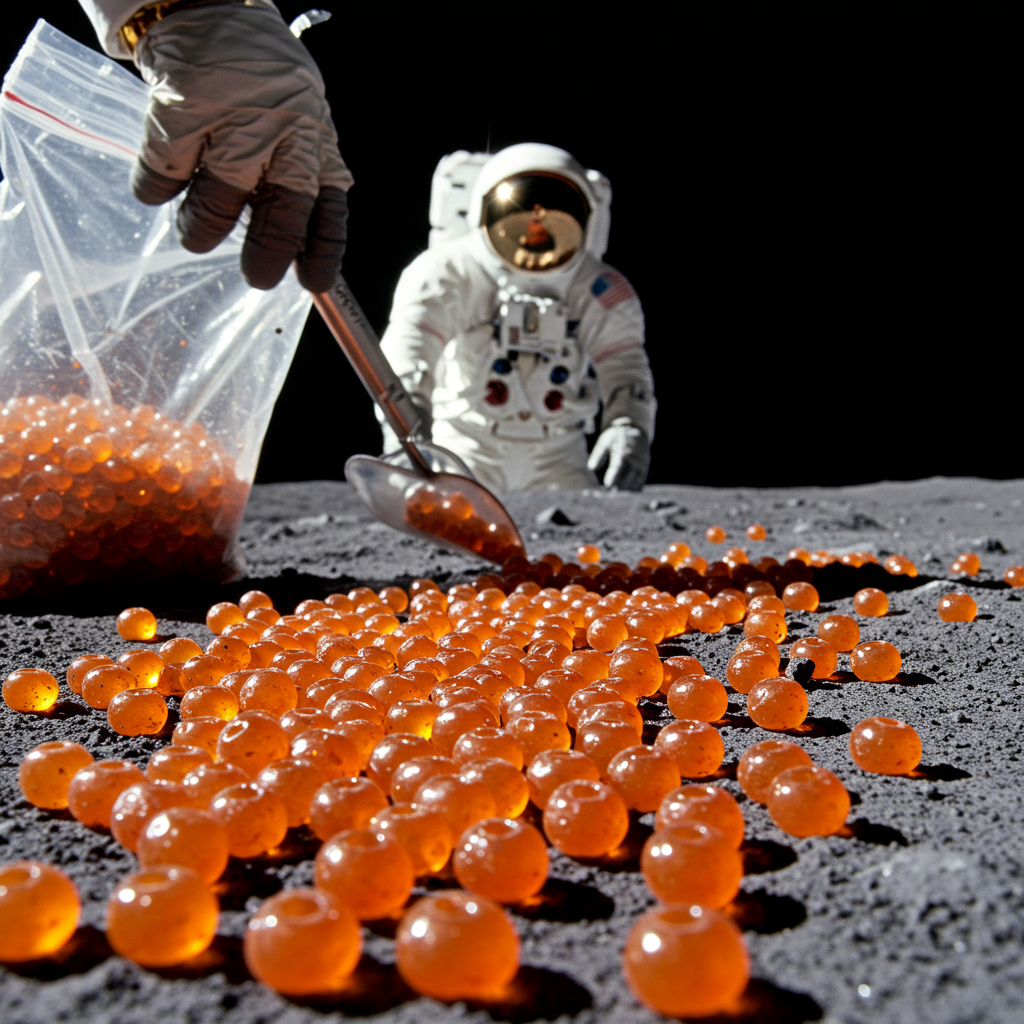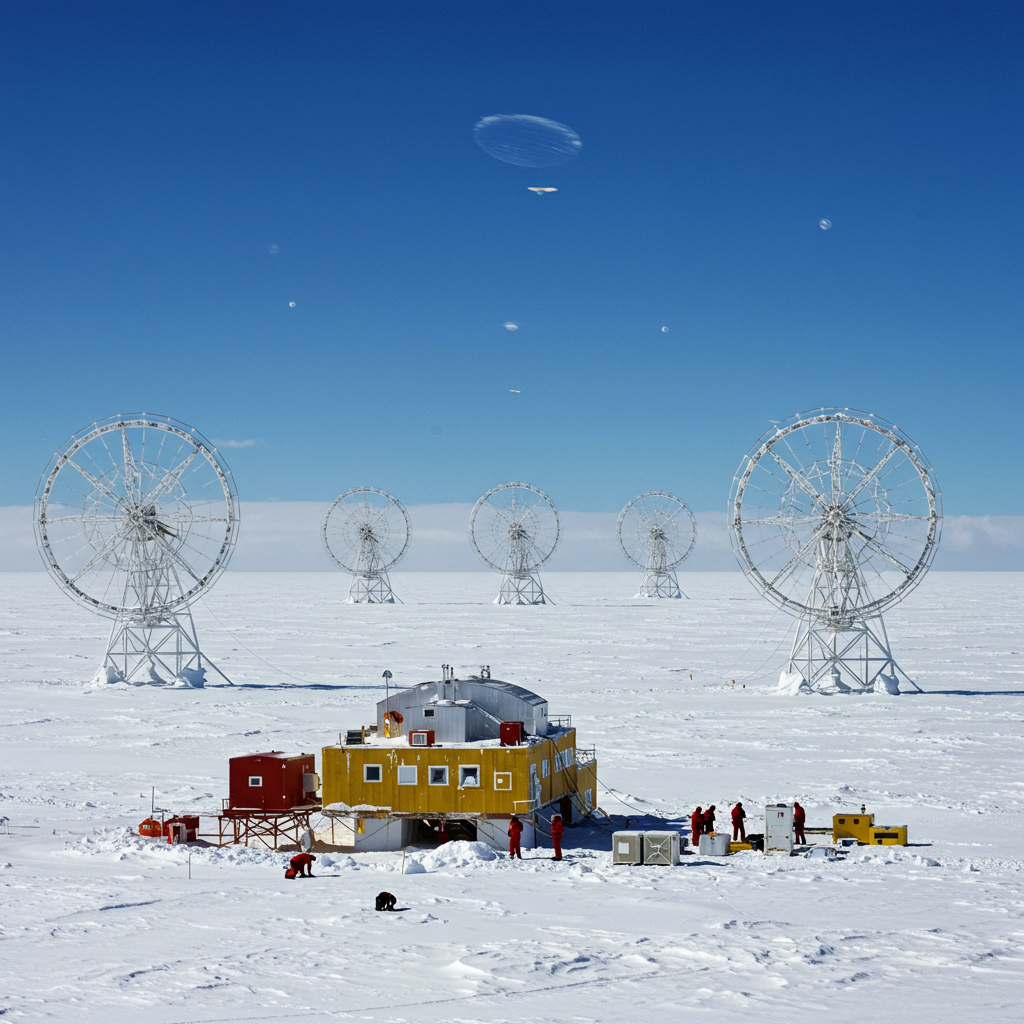When Apollo astronauts first explored the lunar surface, they expected a world of grey rocks and dust. What they found included something far more striking and mysterious: vast quantities of tiny, brilliant orange and black glass beads scattered across certain landscapes. Smaller than grains of sand, these microscopic spheres turned out to be ancient time capsules holding secrets about the Moon’s fiery past.
Unlocking Secrets from a Turbulent Past
For decades after the Apollo missions brought these unique samples back to Earth, scientists were captivated by the beads but lacked the technology to fully understand them. Carefully preserved, these delicate spheres remained in laboratories, waiting for advancements that would allow researchers to peer inside without causing damage.
Recent scientific studies, utilizing cutting-edge techniques like high-energy ion beams and electron microscopy (including instruments like the NanoSIMS 50), have finally provided an unprecedented view into the internal structure and composition of these ancient relics. Analyzing the minerals and isotopic makeup preserved within the glass required extreme care to protect the samples from Earth’s atmosphere, which could alter their pristine, billions-of-years-old chemistry.
Born from Lunar Fire Fountains
The story these beads tell dates back some 3.3 to 3.6 billion years ago, to a period of intense volcanic activity on the young Moon. Contrary to passive lava flows, evidence from the beads points to powerful, explosive events – actual fire fountains, similar to those seen in places like Hawaii on Earth, but happening in the airless vacuum of space.
During these dramatic eruptions, molten rock was shot high into the lunar sky from the Moon’s interior. As the tiny droplets of lava flew through the cold vacuum, they solidified almost instantly into perfectly formed glass spheres before falling back to the surface. Without an atmosphere or weather to cause erosion, these fragile glass beads have remained remarkably preserved for over three billion years, serving as direct evidence of a much more dynamic and turbulent lunar history than the quiet Moon we see today.
Tiny Capsules of Lunar History
What makes these beads so scientifically invaluable is their variety. They come in different colors and compositions – some shiny orange, others glossy black. Each variation acts like a different chapter in the Moon’s volcanic journal, revealing unique information about the specific pressure, temperature, and chemical environment of the eruptions that created them some 3.5 billion years ago.
By analyzing these distinct characteristics, scientists are gaining crucial insights into how the Moon’s interior evolved over millions of years during this active period. Researchers hope that further study may even shed light on why this extensive volcanic activity eventually ceased, a question relevant to understanding the Moon’s geological “death” and potentially impacting future lunar colonization efforts.
Moreover, these beads played a role in challenging early assumptions about the Moon. While initial analyses of Apollo samples led some scientists to believe the Moon was “bone dry,” later studies, particularly of water found within these very glass beads, helped reveal that the Moon’s history, especially its early crust, was in fact much richer in water and other volatiles than previously thought. This discovery, supported by studies of lunar meteorites from regions beyond the Apollo landing sites, adds another layer to the significance of these tiny glass time capsules.
These microscopic spheres fundamentally changed our understanding of our nearest celestial neighbor, proving that the Moon wasn’t always the inactive body it appears today. Instead, it was a geologically active world where explosive volcanoes forged these beautiful, tiny windows into a distant past, windows that continue to reveal their secrets to modern science.




